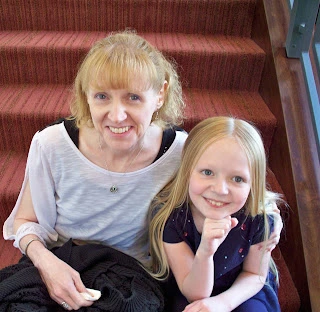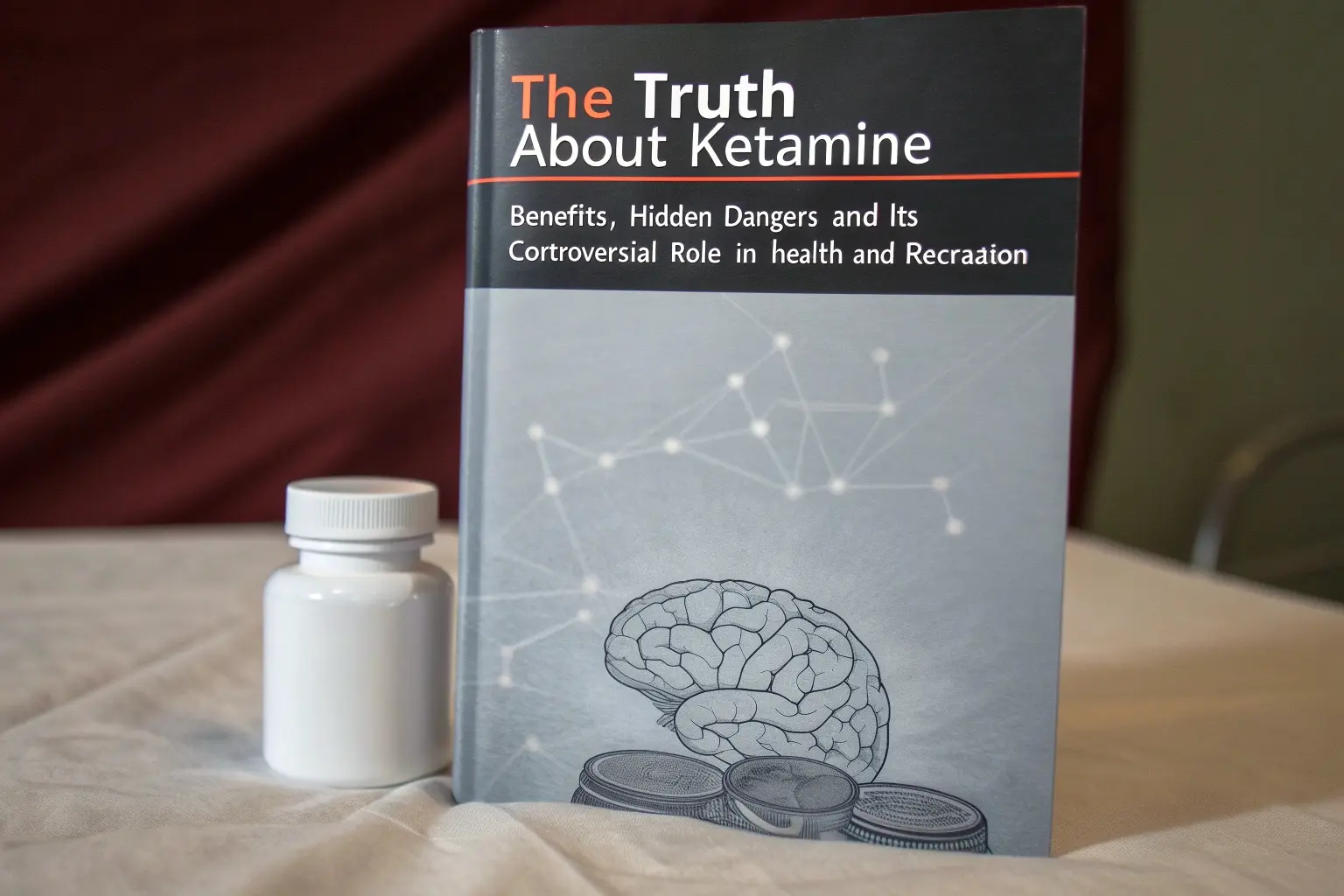Diabetes in Crisis: Why We’ve Lost Our Way and What It Means for Millions
Type 2 diabetes is a growing crisis—especially in underserved communities. Learn the truth about symptoms, testing, treatment, and why health equity matters more than ever.

I used to think diabetes was just something older people dealt with—something manageable with a pill. I never understood how serious it was until I saw it take over people’s lives, often quietly, slowly, and then all at once. And the more I learned, the more frustrated I became. How have we let a disease this common, this deadly, fade into the background?
Let’s start with the basics: Type 2 diabetes is a chronic disease where your body either can’t make enough insulin or doesn’t use it effectively. Insulin helps move glucose (sugar) from your blood into your cells for energy. When this process breaks down, sugar builds up in your bloodstream and begins to damage the body—often before you even realize it’s happening.
It’s not just about sugar—it’s about survival. Over time, high blood sugar harms the heart, kidneys, nerves, eyes, and even the brain. It’s a full-body condition that affects everything from how you think to how you feel, move, and heal.
But here’s what makes this even more urgent: not all communities are affected equally. African American, Hispanic/Latino, Native American, Pacific Islander, and certain Asian American populations have significantly higher rates of type 2 diabetes than white Americans. According to the CDC:
- Black adults are nearly twice as likely to be diagnosed with diabetes compared to white adults.
- Hispanic/Latino adults have about a 50% higher chance of developing the disease.
- Native Americans have the highest prevalence overall—more than 14% of their adult population is living with diabetes.
Why? It’s not just genetics—though that plays a role. It’s social, economic, and systemic. Communities of color are more likely to face food insecurity, live in areas with limited access to healthy foods (food deserts), lack safe spaces for exercise, and have reduced access to quality healthcare. Combine that with stress from generational inequality and poor health education, and you have a perfect storm for chronic illness.
In these communities, diabetes doesn’t just show up more often—it often goes undiagnosed or is diagnosed too late. And once diagnosed, it’s harder to treat effectively without adequate support, insurance, or resources.
The early warning signs? I wish more people knew what to watch for. Increased thirst, frequent urination, fatigue, blurred vision, slow-healing wounds, and unexpected weight loss or gain. These symptoms can be subtle and dismissed as “just getting older.” That’s what makes diabetes so dangerous—it creeps up on you.
Testing is simple and widely available. A fasting blood sugar test, oral glucose tolerance test, or the A1C blood testcan detect problems early. The A1C gives a snapshot of your average blood sugar over the past 2–3 months. Anything over 6.5% usually means you have diabetes. Between 5.7% and 6.4% is prediabetes—and that’s where we can really intervene.
So can you slow it down—or even reverse it? Absolutely. But it’s not easy.
For many, the root of the problem is lifestyle—and food addiction. We’re surrounded by ultra-processed, sugary, high-carb, cheap food. That constant exposure wires our brains to crave more, eat more, and feel worse. It’s not just lack of willpower—it’s the biology of addiction and the economy of convenience.
Now, medications like GLP-1 receptor agonists—Ozempic, Wegovy, Mounjaro—are changing the game. These drugs help regulate blood sugar, reduce hunger, and support weight loss. But they’re not magic. Without lifestyle changes—whole foods, movement, sleep, stress management—the benefits won’t last. Worse, access to these drugs is still limited by cost and insurance coverage, making them unreachable for many who need them most.
Read About: Fatty Liver: Understanding, Preventing, and Treating One of the Fastest Growing Health Concerns
And no, a pill alone won’t fix diabetes. It might manage it. But unless the root causes are addressed—diet, environment, education, and access—millions will continue to suffer.
Uncontrolled diabetes shortens your life by 6 to 8 years on average. But more than that, it slowly chips away at your quality of life. It’s heart disease. It’s kidney failure. It’s vision loss. It’s nerve damage and amputations. And yet, too many of us are living like it’s no big deal—until it’s too late.
I’m not saying this to scare you. I’m saying it to wake you up. Diabetes is manageable. For some, even reversible. But only if we talk about it, test for it, and treat it with the seriousness it deserves.
If you haven’t had your A1C tested, ask your doctor. If you’re tired all the time, getting up at night to pee, or noticing changes in your vision—listen to your body. Take action.
And most importantly, recognize that diabetes isn’t a personal failure. It’s a societal one. But with knowledge, effort, and support, we can change the outcome.








